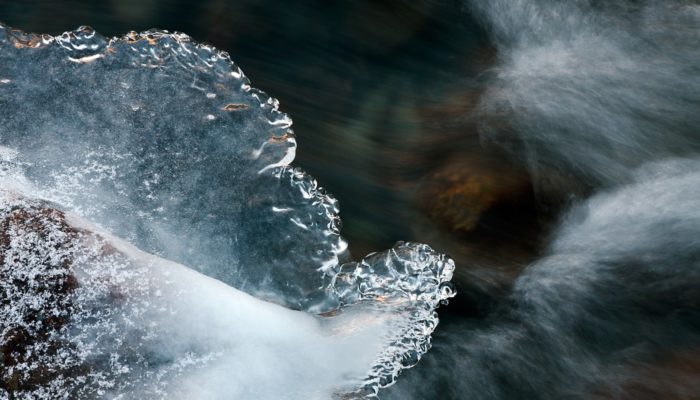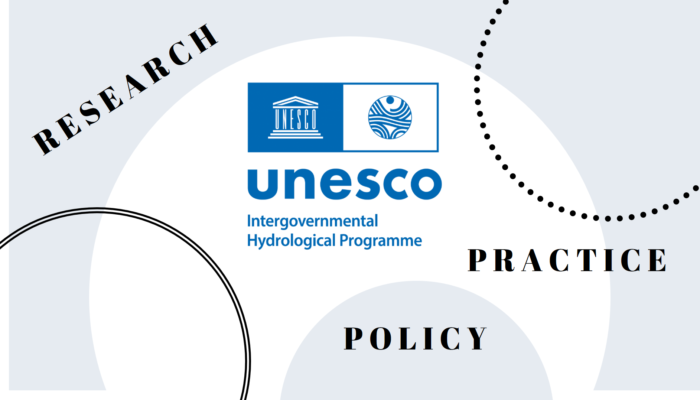After two years of a pandemic-induced, online-only format, the General Assembly of the EGU was back in Vienna – with a twist. While thousands of scientists assembled in the Vienna International Center for stimulating discussions and sociable networking events, those who couldn’t come in person had the opportunity to attend remotely. It was the first EGU assembly to be held in this format. In ...[Read More]
Some first impressions on the first hybrid EGU General Assembly
The first hybrid EGU General Assembly (23–27 May 2022) is over. What a great achievement for the organizers and programme committee who managed to bring the community back to the face-to-face world of scientific conferences, while also offering the opportunity to those not able to travel to Vienna to attend it virtually. We attended the meeting in different ways. Here below our first quick thought ...[Read More]
Hydrologists celebrate Earth Day 2022

Today is Earth Day. As hydrologists, we work closely with what covers about 71% of the Earth’s surface: water! How do you feel when surrounded by Earth’s nature? How would you describe the contribution of your research on the water cycle to the wellbeing of our planet? If you should prepare a warning sign to join people marching in the streets on this special day, what would you write? ...[Read More]
Hydrology and UNESCO: from science to practice and policy
Water is the essence of the career of many researchers working in hydrology across the five systems of Earth (geosphere, biosphere, cryosphere, hydrosphere, and atmosphere). When you step into a ‘career journey’ in hydrological sciences, you just love water and anything related to it. It can range from analysing water samples from headwater catchments in the tropical Andes to building a deep learn ...[Read More]


